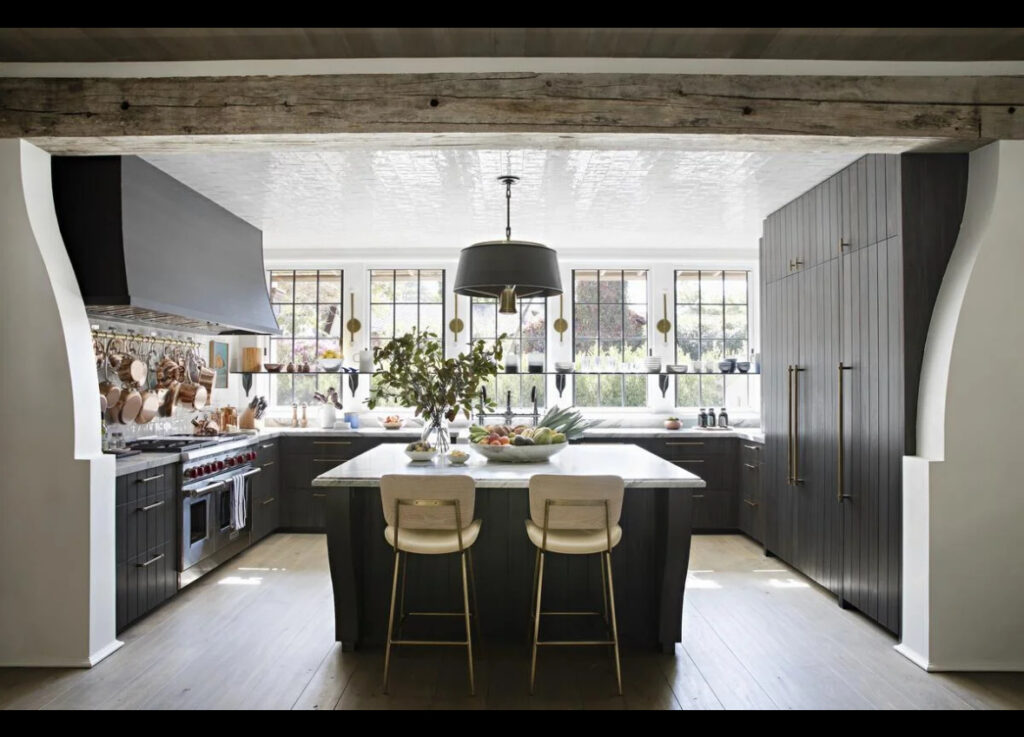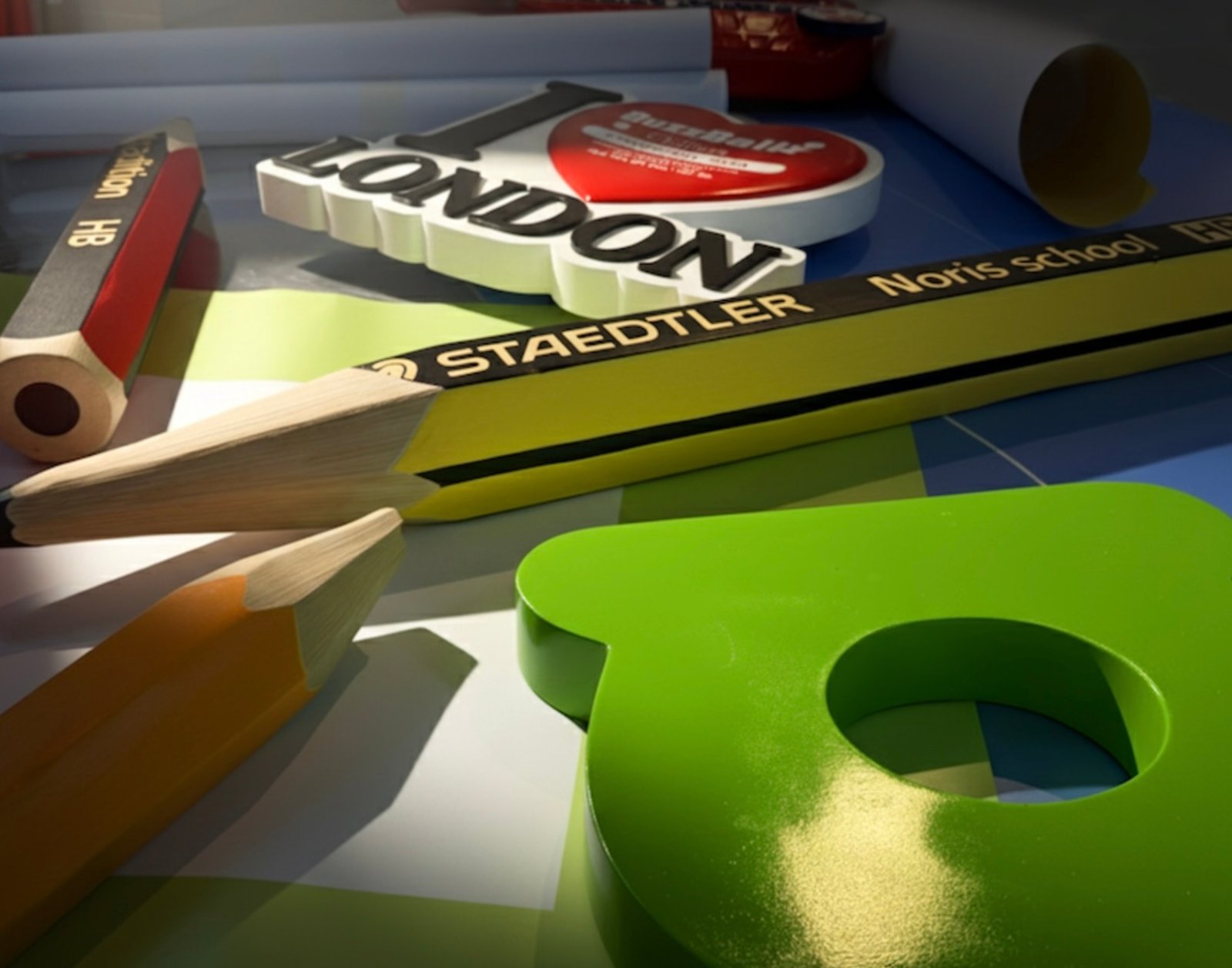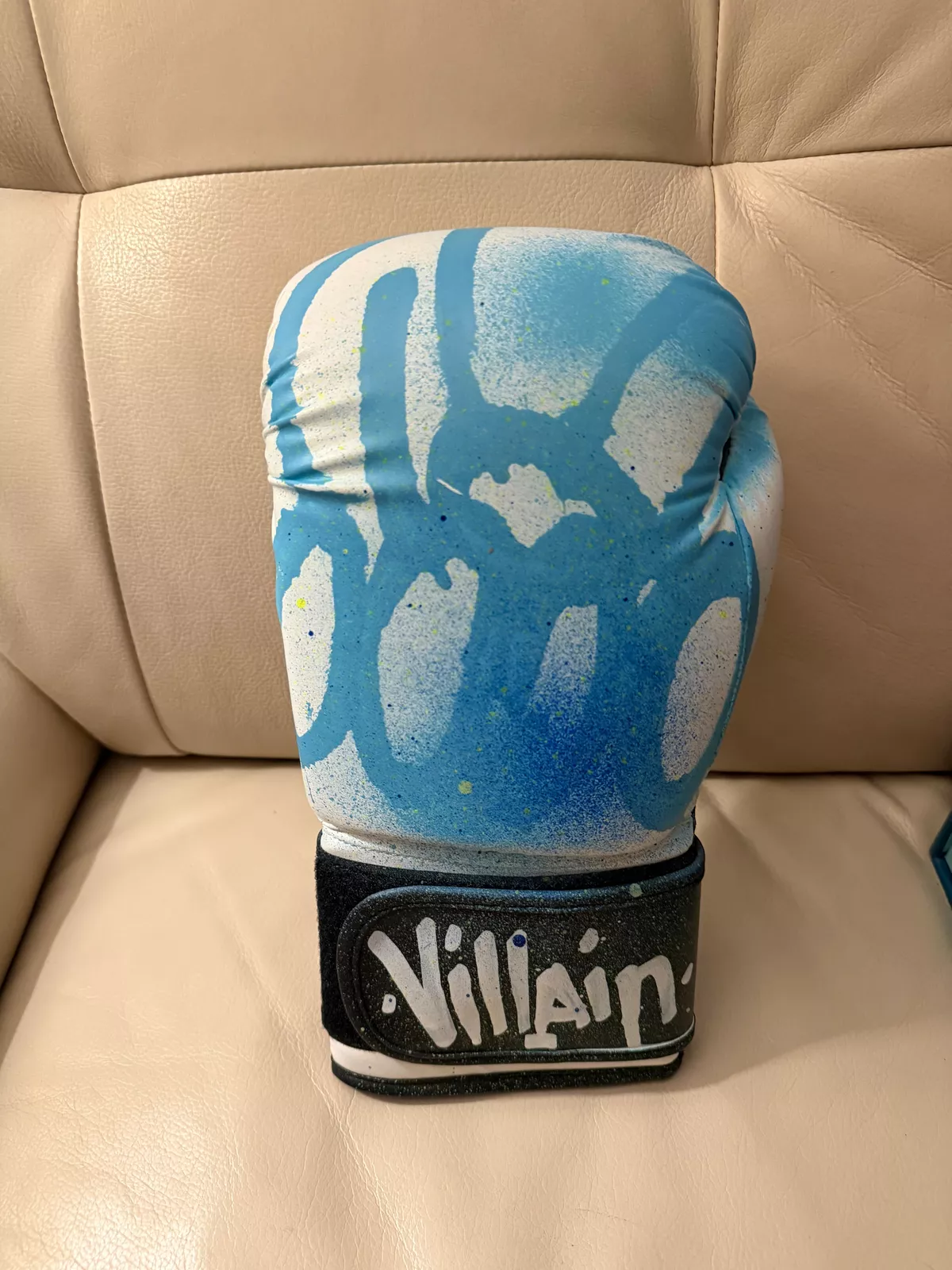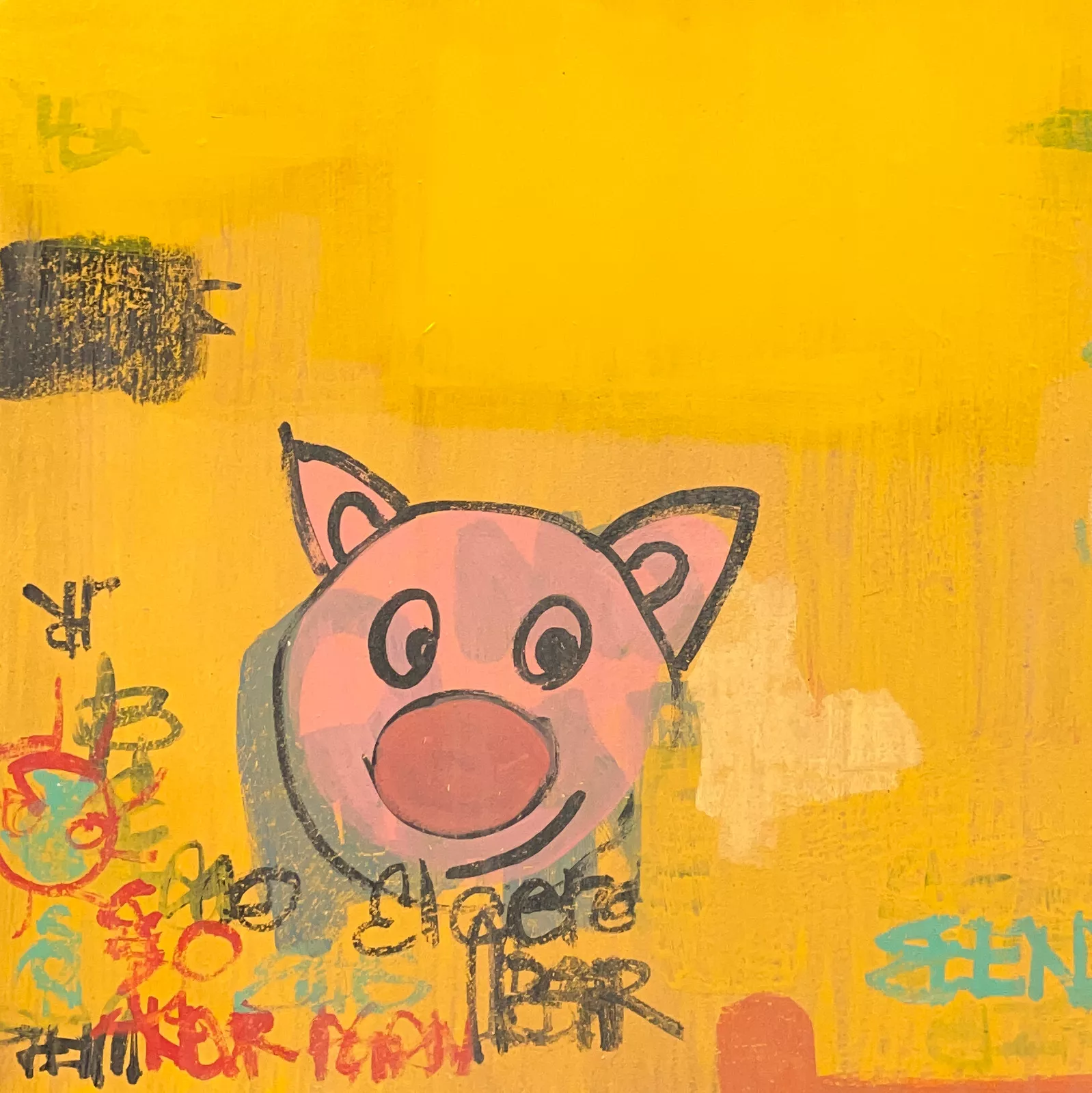In the realm of interior design, photography has emerged as a vital tool for professionals and homeowners alike. It provides a visual blueprint that aids in the planning and execution of design concepts, ensuring that the final result is both aesthetically pleasing and functionally efficient. When combined with the principles of feng shui, photography can significantly enhance the dynamism and harmony of a home. This article delves into how photography is utilized in the interior design process, particularly in assisting new homeowners to develop a space that embodies the best functional feng shui.
The Role of Photography in Interior Design
Photography serves multiple purposes in the interior design process. It allows designers to capture the current state of a space, document progress, and visualize potential changes. For new homeowners, photographs can be a critical resource in understanding the possibilities and limitations of their home.
Assessing the Space:
Before any design decisions are made, professional photographers can capture detailed images of the entire home. These images help designers and homeowners to evaluate the existing layout, lighting, and structural elements. By examining these photographs, they can identify areas that need improvement and envision how different design elements can be incorporated.
Concept Development:
Once the initial assessment is complete, photographs become essential in the concept development phase. Designers can create mood boards and design proposals using images of the actual space, allowing homeowners to visualize how different styles, colors, and furnishings will look in their home. This step is crucial in ensuring that the design aligns with the homeowner’s preferences and lifestyle.
Visualization and Planning:
Photographs are also used to create digital renderings and 3D models. These tools provide a realistic preview of the final design, enabling homeowners to make informed decisions about furniture placement, color schemes, and decorative elements. This visualization is particularly beneficial when considering feng shui principles, as it allows for adjustments to be made to optimize the flow of energy in the home.
Integrating Feng Shui Principles
Feng shui, the ancient Chinese practice of arranging living spaces to promote balance and harmony, is increasingly being integrated into modern interior design. By utilizing photography, designers can ensure that these principles are effectively applied, creating a home that not only looks good but also feels good.
Mapping the Energy Flow:
Photographs help in creating a bagua map, a feng shui tool used to analyze the energy distribution within a home. By overlaying this map onto images of the space, designers can identify areas that need to be enhanced or corrected. This process ensures that the flow of energy, or chi, is balanced, promoting health, wealth, and happiness for the occupants.
Optimizing Layout and Furniture Placement:
Feng shui emphasizes the importance of furniture placement in maintaining a harmonious environment. Photographs allow designers to experiment with different layouts digitally before making physical changes. This approach minimizes disruption and ensures that the final arrangement supports positive energy flow.
Enhancing Natural Light and Airflow:
Natural light and proper ventilation are crucial components of feng shui. Through photography, designers can analyze the natural light patterns in a home and plan window treatments, mirrors, and lighting fixtures accordingly. Similarly, they can ensure that the arrangement of furniture and decor promotes good airflow, essential for maintaining a healthy and vibrant living space.
Practical Steps for New Homeowners
For new homeowners, the process of designing a home that adheres to feng shui principles can be daunting. However, with the help of professional photographers and designers, this process can be made manageable and enjoyable. Here are some practical steps to follow:
Hire a Professional Photographer:
Engaging a professional photographer with experience in interior design is the first step. They will capture high-quality images of your home from various angles, focusing on key areas such as the entrance, living room, kitchen, and bedrooms. These images will serve as the foundation for your design plan.
Collaborate with a Feng Shui Consultant: Working with a feng shui consultant can provide valuable insights into how to optimize your space. They can use the photographs to create a bagua map and identify areas that need adjustment. This collaboration ensures that your home not only meets your aesthetic desires but also promotes balance and harmony.
Develop a Design Plan:
With the photographs and feng shui analysis in hand, work with your interior designer to develop a comprehensive design plan. This plan should include furniture placement, color schemes, and decorative elements that align with feng shui principles. Use digital renderings to visualize the proposed changes and make necessary adjustments before implementation.
Implement the Design:
Once the design plan is finalized, begin implementing the changes. Start with the major elements such as furniture and lighting, then move on to smaller details like artwork and accessories. Throughout the process, refer back to the photographs and feng shui analysis to ensure that the final result meets your expectations.
Regular Maintenance and Adjustments:
Feng shui is not a one-time effort but an ongoing practice. Regularly review the energy flow in your home and make adjustments as needed. Use photography to document any changes and assess their impact on the overall harmony of the space. This proactive approach ensures that your home remains a sanctuary of balance and tranquility.
Case Studies: Some Beneficial Integrations
Urban Apartment Transformation:
A young couple purchased a small apartment in the city and wanted to create a space that felt spacious and serene. By using photography, the designer captured the existing layout and lighting conditions. A feng shui consultant identified areas where the energy flow was blocked. The final design plan included repositioning furniture to open up pathways, adding mirrors to enhance natural light, and incorporating plants to bring in positive energy. The result was a modern, airy apartment that felt much larger and more inviting.
Suburban Family Home:
A family moving into a suburban home sought to create a nurturing environment for their children. Photographs of the home were used to create a detailed bagua map. The feng shui consultant recommended changes such as repainting certain rooms to align with favorable colors, rearranging furniture to improve circulation, and adding water elements to enhance tranquility. The designer used these insights to develop a cohesive design plan. The family reported a noticeable improvement in the home’s atmosphere, with a greater sense of peace and togetherness.
Luxury Condo Makeover:
A single professional wanted to transform a luxury condo into a space that supported career success and personal well-being. Photography was used to capture the condo’s existing state, and a feng shui analysis highlighted areas that needed attention. The design plan included creating a dedicated workspace with proper lighting and ergonomic furniture, enhancing the entrance with symbolic elements of success, and introducing artwork that inspired creativity. The result was a sophisticated yet functional living space that supported the homeowner’s goals.
Photography, when combined with the principles of feng shui, offers a powerful approach to interior design. It allows for a thorough assessment of a space, aids in the development of cohesive design plans, and ensures that the final result promotes balance and harmony. For new homeowners, this approach provides a clear and manageable path to creating a home that not only looks beautiful but also feels vibrant and nurturing.
By embracing the visual insights provided by photography and the ancient wisdom of feng shui, homeowners can achieve a space that reflects their personal style while supporting their well-being. As the integration of these tools continues to evolve, the potential for creating harmonious and dynamic living environments will only grow, offering endless possibilities for enhancing the quality of our homes and lives.
No comments yet.








